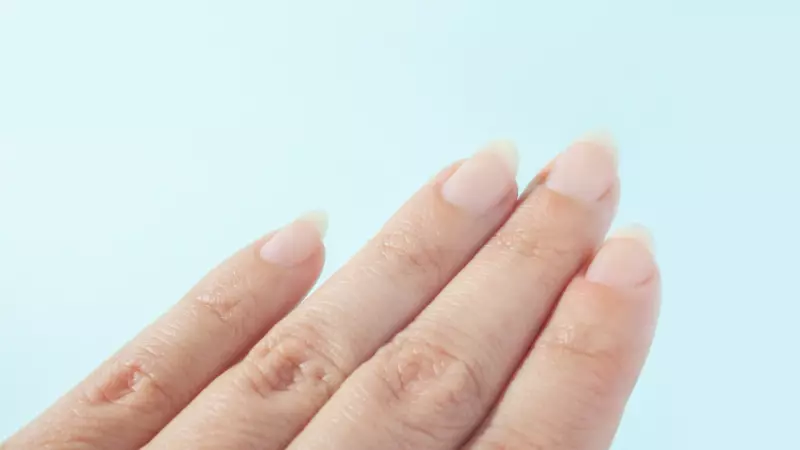
Have you ever noticed changes in how fast your nails grow? According to a Harvard-trained longevity expert, this seemingly minor observation might hold crucial clues about your aging process and overall health.
The Nail-Aging Connection You Never Knew About
Dr. Shivani Sahni, a renowned longevity researcher with Harvard training, has uncovered a fascinating relationship between nail growth patterns and the aging process. Her research suggests that our fingernails might serve as unexpected windows into our biological age.
What Your Nails Reveal About Your Body
"Many people don't realize that nail growth is closely tied to metabolic rate and circulation," explains Dr. Sahni. "As we age, changes in these bodily functions can manifest through alterations in nail growth speed and quality."
The expert notes that while many factors influence nail growth, consistent changes over time could indicate shifts in your biological aging process that warrant attention.
Key Signs to Watch For
- Significant slowing of nail growth rate
- Changes in nail texture and thickness
- Increased brittleness or ridges
- Discoloration that wasn't present before
Why This Matters for Longevity
Understanding these subtle signs could help people take proactive steps toward healthier aging. Rather than just accepting age-related changes as inevitable, monitoring nail health might provide early warnings that prompt lifestyle adjustments.
"It's not just about vanity," emphasizes Dr. Sahni. "Nail health reflects nutritional status, circulation quality, and metabolic efficiency—all factors that influence how we age."
What You Can Do
- Pay attention to changes in your nail growth patterns
- Maintain a balanced diet rich in proteins and minerals
- Stay hydrated and maintain good circulation through regular exercise
- Consult a healthcare professional if you notice dramatic changes
While nail growth alone isn't a definitive diagnostic tool, it serves as another piece in the complex puzzle of understanding our biological age and overall health status.





